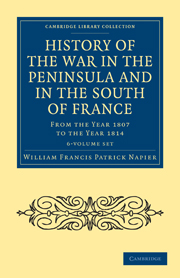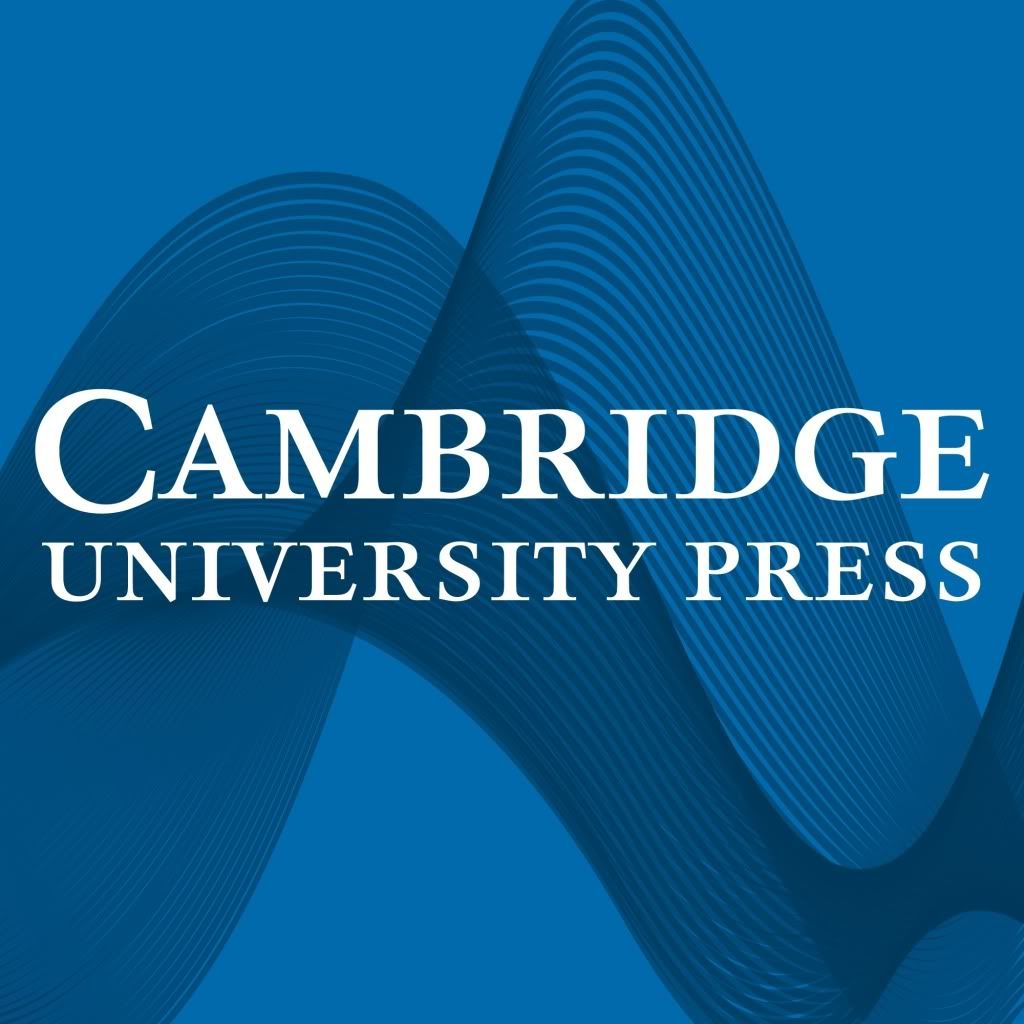 The life in question was led by Marianne North. Yet another of the Victorian ladies in our list who do not conform to the ‘angel in the house’ stereotype, her travels worldwide were extraordinary enough, but her skill and productivity as a botanical artist, and the legacy of her work, must make her unique.
The life in question was led by Marianne North. Yet another of the Victorian ladies in our list who do not conform to the ‘angel in the house’ stereotype, her travels worldwide were extraordinary enough, but her skill and productivity as a botanical artist, and the legacy of her work, must make her unique.
Born in 1830 into a well-to-do family (her father was M.P. for Hastings), she spent her early years in family properties in Norfolk and Lancashire as well as Sussex. She was educated at home, but with success in proportion to her interest in the subject: the ODNB points out a remarkable capacity for concentration on what she enjoyed, and this observation is borne out by her later ability to paint on in uncomfortable and sometimes downright dangerous circumstances.
Her first love was music, and she was apparently a talented singer, taking lessons from the great Madame Sainton-Dolby, the English contralto for whom Mendelssohn wrote the alto role in Elijah, but in the course of a three-year tour of Europe with her parents her voice mysteriously failed, and she turned instead, with equal zeal and commitment, to painting. Her mother died in 1855, after which her father, to whom she was devoted, took a flat in London, and Marianne divided her time between travelling with him in Europe and the Middle East and visiting her sisters. Her elder half-sister Janet, had married James Kay-Shuttleworth, the physician and social reformer (he was Kay and poor, she was Shuttleworth and an heiress, he changed his name…), and her younger sister (strangely, also Janet, but usually known by her second name, Catherine), who edited her Recollections, married John Addington Symonds: Marianne is discretion itself about this rather unusual ménage.
When her beloved father died in 1868, Marianne was in her late thirties, and there is no indication in her memoirs that marriage had ever been an option for her. Left in comfortable financial circumstances, and encouraged by her friend Sir Joseph Hooker (whose father she had also known) she decided to fulfil a long-held dream of heading to the tropics to paint the local vegetation in it own environment. (Although she loved alpine plants, and knew a great deal about them, she suffered badly from rheumatic and neuralgic pains in cold climates.)
In 1871, she set off for Canada, the United States, the West Indies and Brazil. Further journeys followed, and the chapter titles of the memoirs log her progress: Tenerife, California, Japan, Singapore, Borneo and Java, Ceylon, home, and then India; Borneo again, Australia, Tasmania, New Zealand, South Africa, the Seychelles, and finally Chile. She went to Australia at the suggestion of Charles Darwin (who ‘was, in my eyes, the greatest man living, the most truthful, as well as the most unselfish and modest…’), because any review of the world’s plants would be incomplete without seeing the extraordinary flora of Australia: and ‘I determined to take it as a royal command’. The last journey, to Chile, was undertaken because she wanted to paint the Araucaria (monkey-puzzle tree) in its native habitat.
Marianne had exhibited her paintings in London on her visits home to considerable acclaim, and following a suggestion made by the critic of the Pall Mall Gazette, she wrote to Sir Joseph Hooker offering to pay for a gallery (and ‘guardian’s house’) for her works at Kew: it might double as a refreshment room. (Strong cups of tea and coffee were a noticeable feature of her own diet, worldwide.) Sir Joseph pointed out to her that the logistics of the tea-room might be problematic (‘77,000 people all at once possibly on a Bank Holiday’), but he accepted the first part of the offer with enthusiasm, and her time in London was taken up in selecting, framing and planning the hanging of her works. The gallery was opened in 1882, and was recently restored: if you can’t get to Kew, there is a very good display online at http://www.kew.org/collections/art-images/marianne-north/index.htm
Her enthusiasm for plants was profound: on several occasions she describes herself ‘screaming with delight’ on spotting a long-sought plant or seeing an unknown but beautiful flower. Her determination to record the flora of the world led her to discomfort and danger – cold and damp were especial problems for her, but there were also forest fires, poisonous snakes, floods and tribal wars to contend with.
One interesting social phenomenon of the period was indispensable to Marianne’s travels: the letter of introduction. At a certain level of society (perhaps among the ‘upper ten thousand’ of Trollope and Thackeray?), you knew people who knew other people all round the world; these people wrote letters which you presented to their friends in far-flung places, who opened their homes to you, lent you their servants and their carriages; they wrote letters to others, who likewise assisted you and helped you on your way to yet other hospitable friends. As a consequence, you stayed in various Residences and Government Houses, and in the palace of Mr Brooke, the white Rajah of Borneo, and you even dined with President and Mrs Grant (a very ‘homely’ couple) at the White House (though in this case there was a misunderstanding – the Grants believed Marianne to be the daughter of Lord North, the British prime minister (died 1792; as Marianne remarked, ‘I always knew I was old, but was not prepared for that amount of antiquity’)).
Some of the people she came across are familiar. Richard Owen as well as Darwin and Hooker; Bishop Colenso and his family, whose pro-Zulu stance she found incomprehensible; Mrs Gill, who sadly had become an invalid since her time in Ascension; Dr Burnell, ‘the famous Indian scholar’. Mrs Julia Margaret Cameron, the photographer (whose portrait of Marianne is reproduced in Volume 1), was in Ceylon: her husband had held high office in India, but ‘since then for ten years he had never moved from his room’. Mrs Cameron determined, against all advice, to go and live in Ceylon (where her son was a planter), but when she told he husband of her intention, ‘he said that the one wish he had was to die in Ceylon! He got up and walked, and had been better ever since’ (he was then eighty-four).
The Recollections are full of anecdotes like this one, but North unsurprisingly returns again and again to her plants. She frequently laments her own ignorance, but was clearly extremely knowledgeable and widely read in botany: at one point in she refers to a habitat being exactly as described by Wallace. Her expertise and discoveries were marked by the naming of a genus and four plant species after her: Northea seychellana, Nepenthes northiana, Crinum northianum, Areca northiana and Kniphofia northiana. The nepenthes was engraved on the front board of the original book, but we could not reproduce it. You can however see Marianne’s painting of it here: http://www.kew.org/mng/gallery/561.html
So, a remarkable woman for her day, though very much of her day in her attitude to the native peoples she encountered in her travels in all continents: it would be easy to dismiss her as racist and imperialist. But her reactions came from an earnest mindset which simply could not understand why people would not work when work was available; why they preferred to be dirty when they could wash; why they preferred to be dishonest when they could be honest – and her strictures on these topics were by no means confined to the non-European races.
Caroline



Pingback: Nibbles: FIGS, Wassailing, Rice breeding, Mobile apps, GI, Coffee, Art,
Pingback: The House of Veitch | Cambridge Library Collection Blog
Pingback: Merlin and the Gleam | Cambridge Library Collection Blog
Pingback: Inspiring Women | Cambridge Library Collection Blog
Pingback: A List of Women Scientists | Cambridge Library Collection Blog